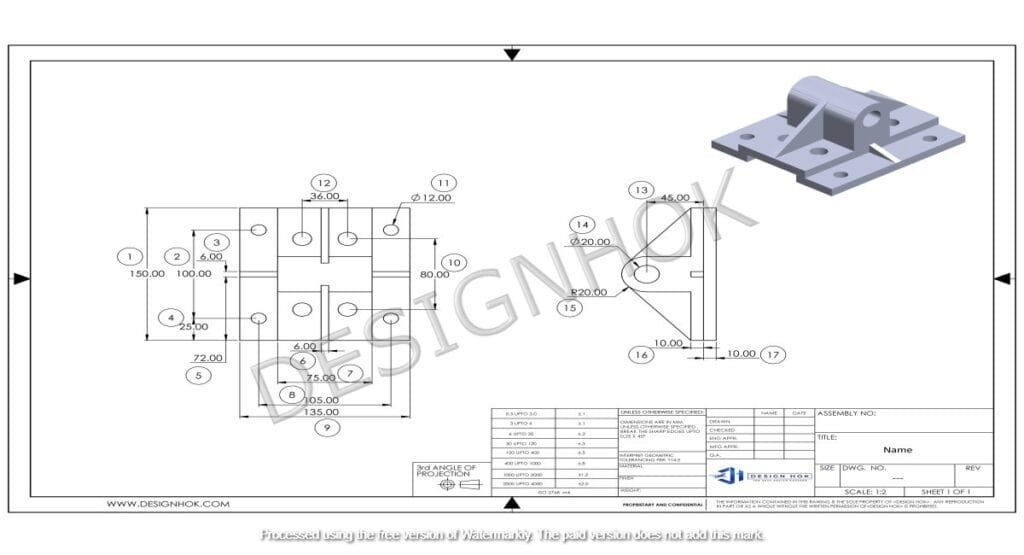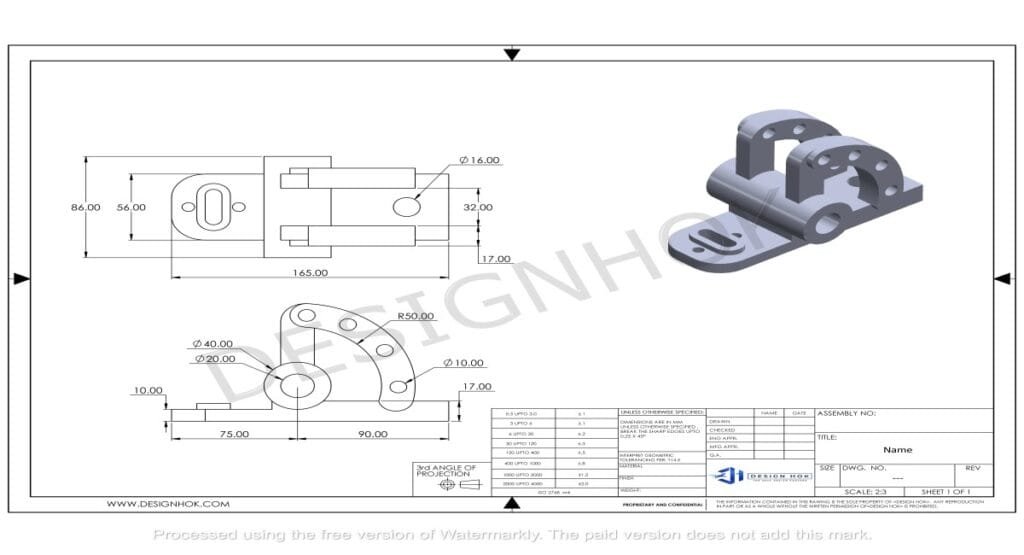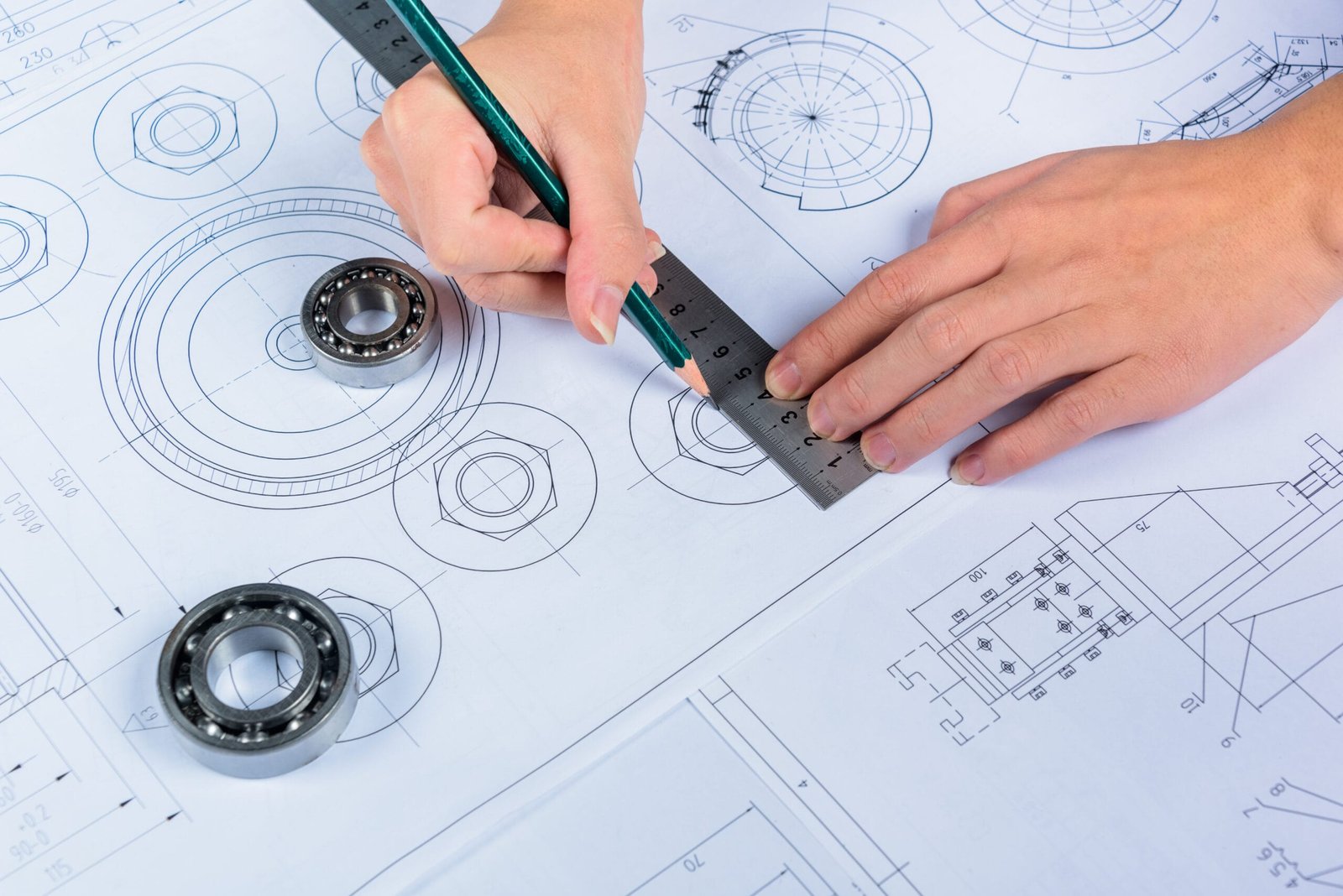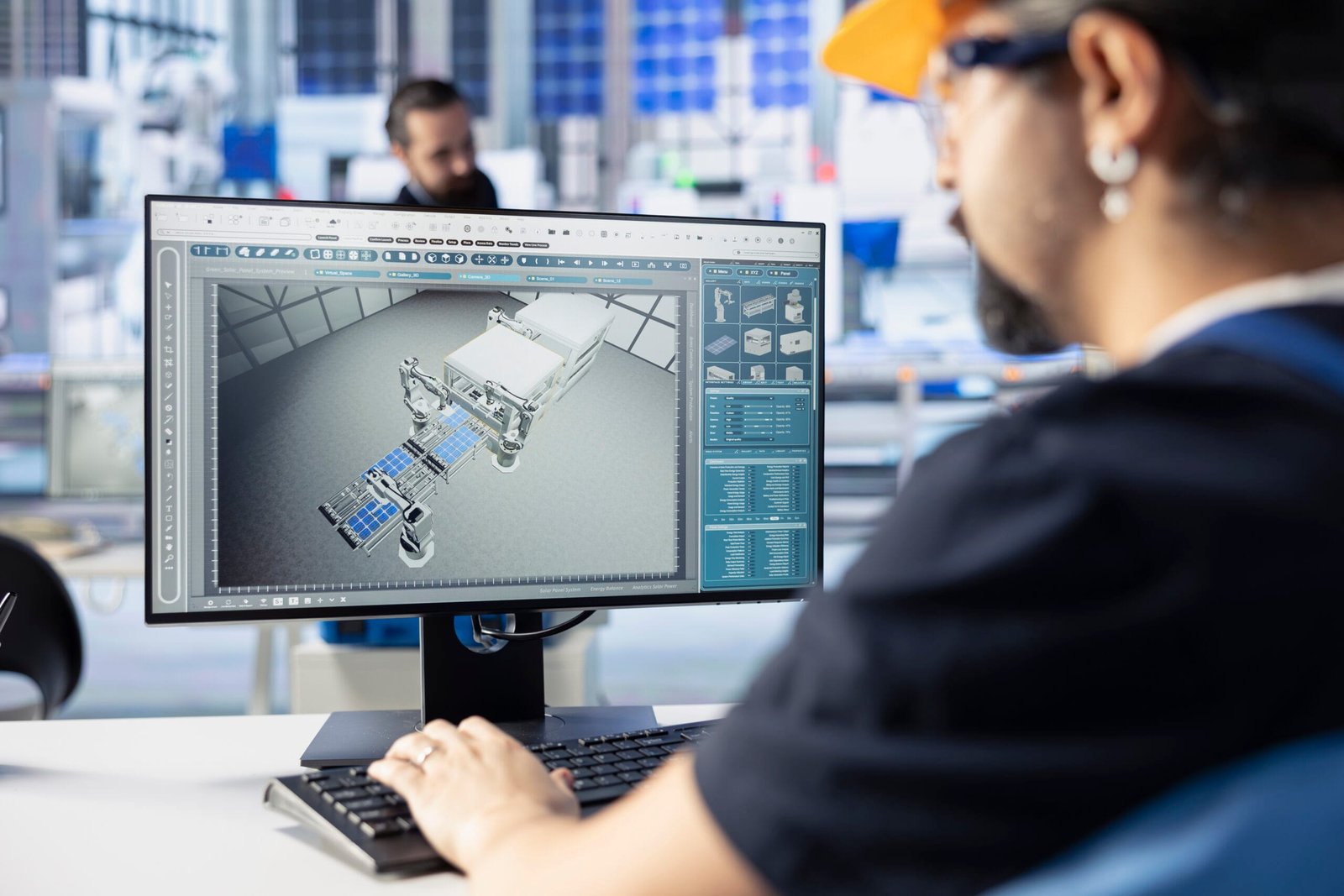You will get to know the key differences between SketchUp v/s Blender for 3D Design. Learn how they handle modeling, rendering, animation, and visualization. This will help you choose the right tool for your DesignHok projects. We will also guide you on which software is best, depending on your project.
Introduction
The software you use can shape the success of your work. At DesignHok, we work in 3D modeling, 2D drafting, rendering, and design. Two tools come up often, which are SketchUp and Blender.
Both are strong choices. Both are used worldwide. But they do different things. Let’s look at SketchUp and Blender, side by side.
SketchUp
SketchUp is easy to learn. It has a clean interface and simple tools. It was built for architects but is now used for interiors, buildings, and planning. It is great for quick layouts and has many plugins. Apart from that, SketchUp has a vast variety of plugins. So, it makes models faster and easier. Moreover, this software works smoothly with CAD formats.
Blender
Blender is free and open-source. It contains tools for modeling, sculpting, animation, and rendering. You use it in films, games, and product design. It’s powerful but takes longer to learn. So, SketchUp gives you quick layouts and simple models.
Comparing SketchUp v/s Blender for 3D Design
Now, let us understand how SketchUp and Blender compare across the most useful design categories. We will also understand why firms like DesignHok uses it.
Simple to Use
- Overview: SketchUp works best for beginners and for doing basic tasks.
- SketchUp is simple and quick to use for beginners.
- You may find it hard to learn Blender but it provides more features.

2. 3D Modeling Capabilities
- SketchUp works well for buildings, furniture, and landscapes.
- Blender is best for detailed or complex shapes.
- Final Call: You can use SketchUp for layouts, Blender for detail.
3. Rendering
- SketchUp needs extra software for realistic renders.
- Blender has Cycles and Eevee built in.
- Summary: Blender saves time and cost.
4. Animation & Simulation
- SketchUp has only simple animation with add-ons.
- Blender is a full animation tool with many options.
- To Sum Up: It is better to use a blender for animation.
5. File Handling and Workflow
- SketchUp works with CAD and BIM formats.
- Blender supports more file types and links to game engines.
- In Short, Blender is more flexible.
6. Community Support and Plugins
- SketchUp has a plugin library for architecture.
- Blender has free add-ons from a large community.
- Conclusion: Both are strong, but for different needs.
7. Cost
- SketchUp costs about $299 a year for Pro.
- Blender is free to use for any project.
- Verdict: Blender is better for saving money.
Choosing the Tool
It depends on the job. For planning, SketchUp is faster.
For products, animation, and realistic renders, Blender is stronger.
Many teams use both. SketchUp for quick ideas. Blender for products, animations, and detailed visuals. Together, they cover most design needs. SketchUp ensures the efficiency of the project, while Blender makes sure the results are professional.
Final Thoughts
There is no single “best” choice. It comes down to the task. At DesignHok, we use both SketchUp and Blender. So, using their combination helps us to match the right tool for projects. You can save time in the initial stages and see clear concepts. Moreover, you can create detailed models, animations, and realistic renders with the help of Blender. This is why it is important to compare SketchUp v/s Blender for 3D design.

FAQs
Q1: Is it possible to use both softwares for a single project?
Yes. Start in SketchUp, finish in Blender for better renders.
Q2: Which is better for architecture?
SketchUp is faster. Blender is more realistic. Together they work best.
Q3: Is Blender good for product design?
Yes. It’s great for detailed and realistic product visuals.
Q4: Do I need a strong PC for Blender?
It runs on most PCs, but big projects need strong hardware.
Q5: Can SketchUp do animation?
Only simple ones. Blender is better for full animations.
Q6: Which is better for beginners?
SketchUp is easier to learn. Blender takes time but is more powerful.





